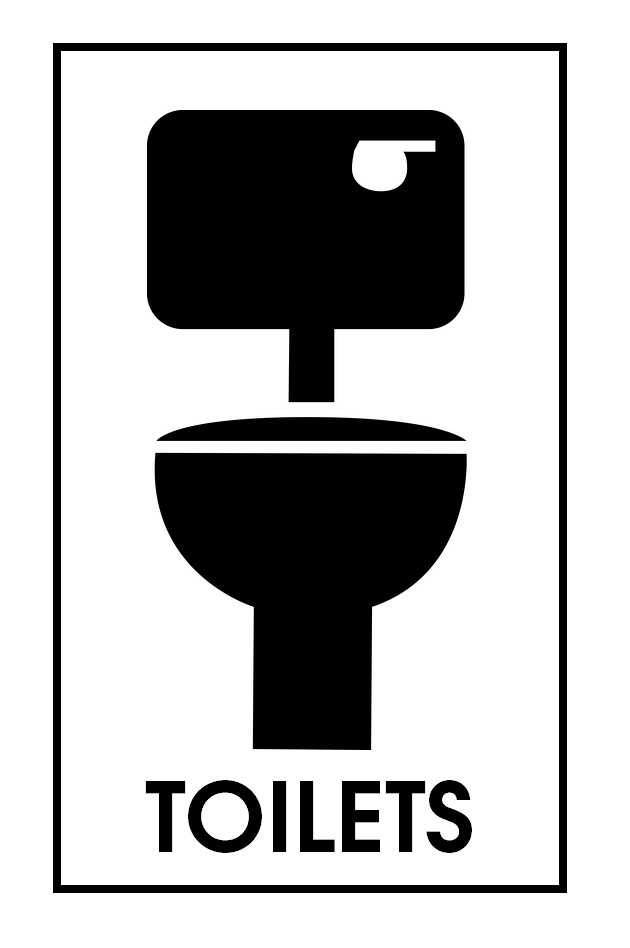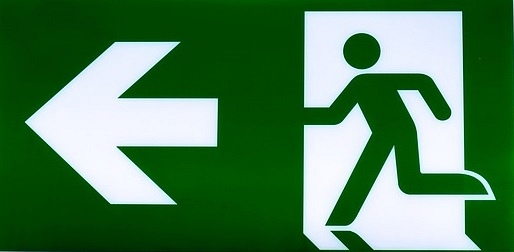19th May 2017
850,000 people in the UK have dementia today, in particular 1 in 6 of those over the age of 80 have this condition. 70% of residents in British care homes suffer from this disease or serious memory issues. Some of the main symptoms are confusion and understanding difficulties, so it can be really hard for users with dementia to locate the washrooms in huge buildings, effectively enter the restroom, use the appliances with ease or identify the exit. In order to adapt sanitary facilities to visitors with dementia, we have compiled a few concepts that architects, designers and other decision makers could find useful.
1. Abundant clear signs to locate the toilets

2. Obvious toilet sign on the door
Regarding the sign at the washroom facilities, it is advisable not only to depict a toilet, but also to fix the sign to the door, instead of the entrance or on one side. This way visitors with dementia can conclude that there is toilet behind that door.
3. Sensor light
Motion sensor lights avoid visitors having to look for a switch. Furthermore, some motion sensor models can adjust themselves to the amount of light so they can reduce or improve brightness in an intelligent way when necessary.
4. High contrast colours
According to UK regulations, there must be at least 30 points of difference between bathroom fittings surfaces so that those with impaired vision or dementia can distinguish the items. For example one should not choose a white grab rail for a beige wall, one must go for a darker colour for the bars like blue instead.
5. Straightforward appliances
We assume users can read small letters and understand how something works with a couple of words. However, people with dementia may have problems figuring out how to interact with automatic appliances unless we place a sign easy to read along with explanatory images, since the act of reading might be difficult for some. Offering alternative accessories in public washrooms would help, for instance installing a paper towel dispenser apart from the hand dryers.
In general, smart appliances such as sensor taps come with cut off times that prevent sink overflow. For households, there are also smart solutions in the market that avoid overflow at traditional faucets and baths.
6. Safe door lock
An emergency door lock appears to be an advisable fitting for toilet cubicles. Besides indicating occupancy, these locks allow you to release the mechanism with a common tool in case something goes wrong.
7. Exit sign
Just like it is not that obvious for people with dementia which one is the toilet door when entering, they might experience difficulties identifying the toilet door to leave if there is no simple sign that informs them about that.
When designing for users with dementia, we should help them to recognise all elements in their surroundings, so that they can fully benefit from all aspects of the washroom, having no need to ask someone or manage better by trying a different restroom.
At IFS, we aim at providing an assorted range of washroom fittings and appliances that can fit most users' needs and washroom décors, as well as valuable related information. You can find on our website from Doc M packs of bathroom grab rails to medical soap dispensers or recessed toilet roll holders. Nonetheless, our suppliers may have a wider catalogue and produce bespoke items, so please do not hesitate to contact us for a request.

